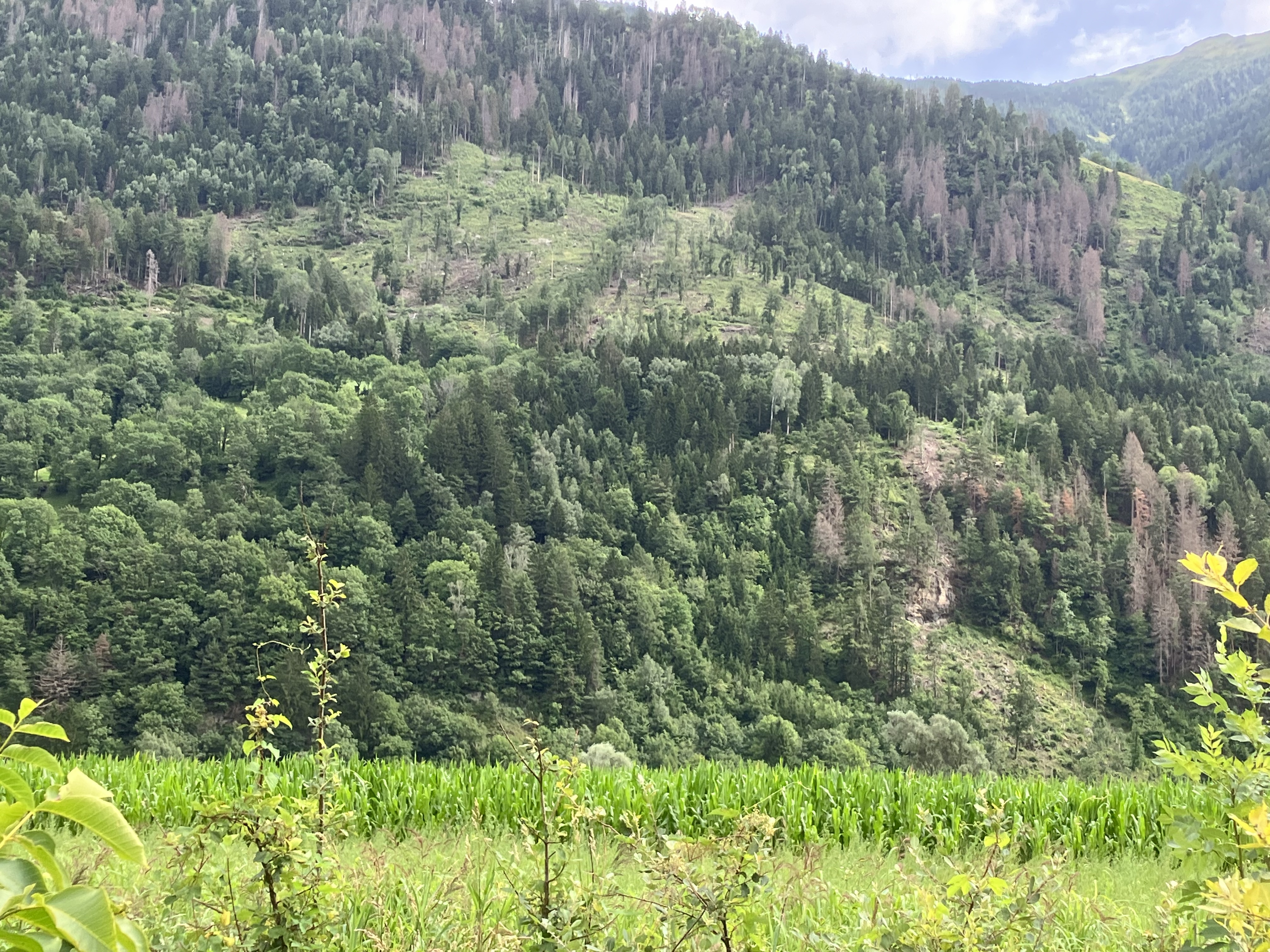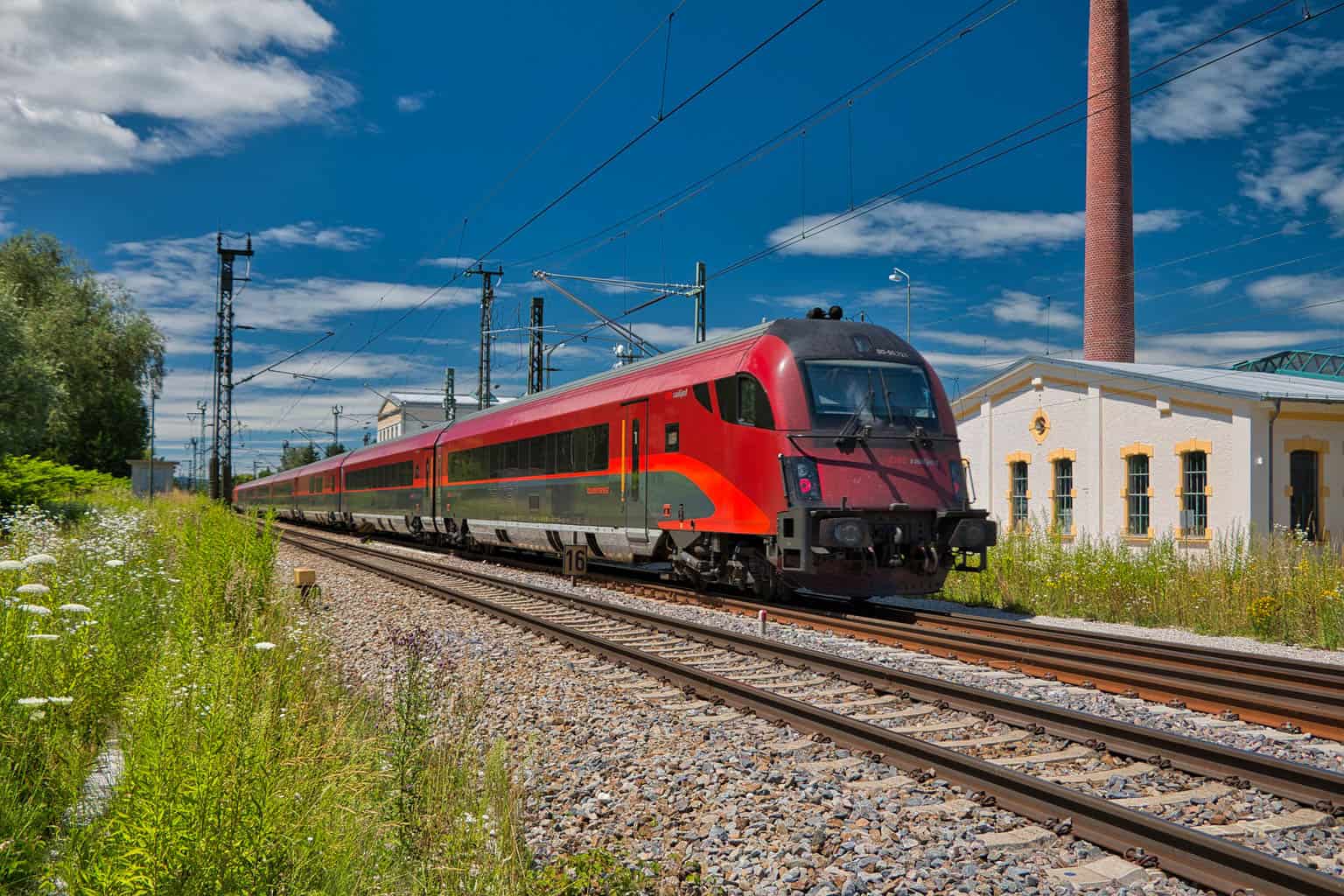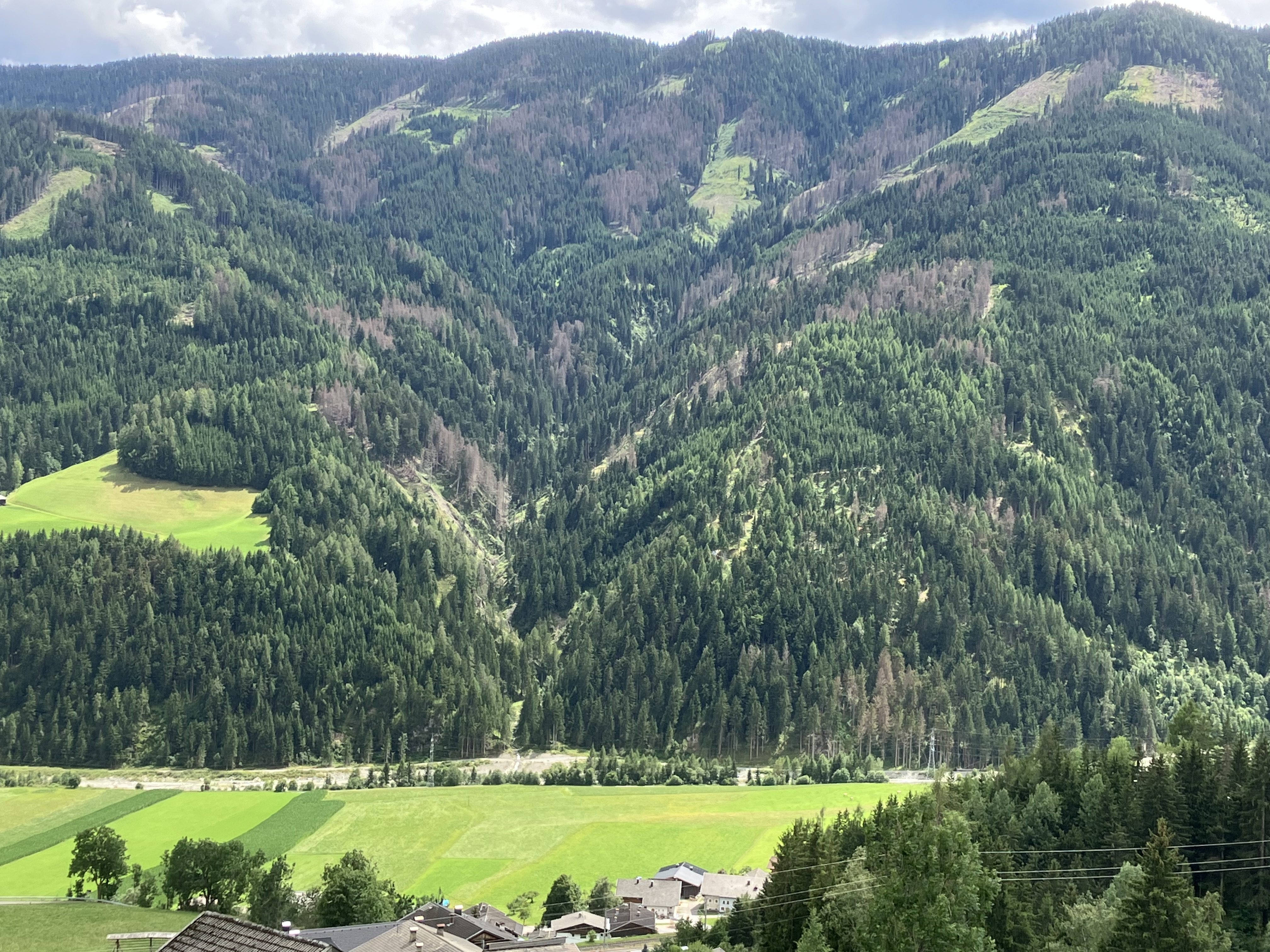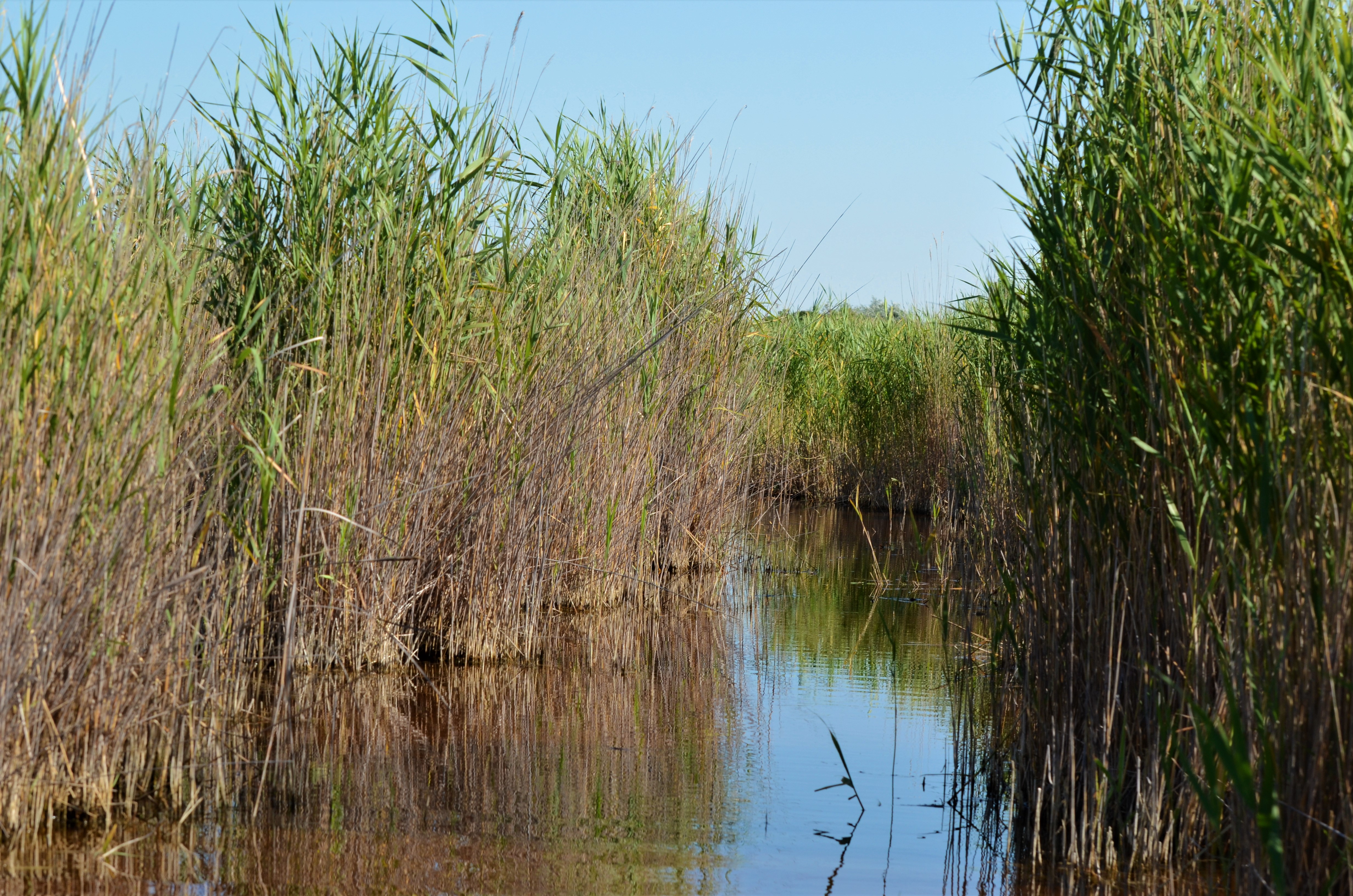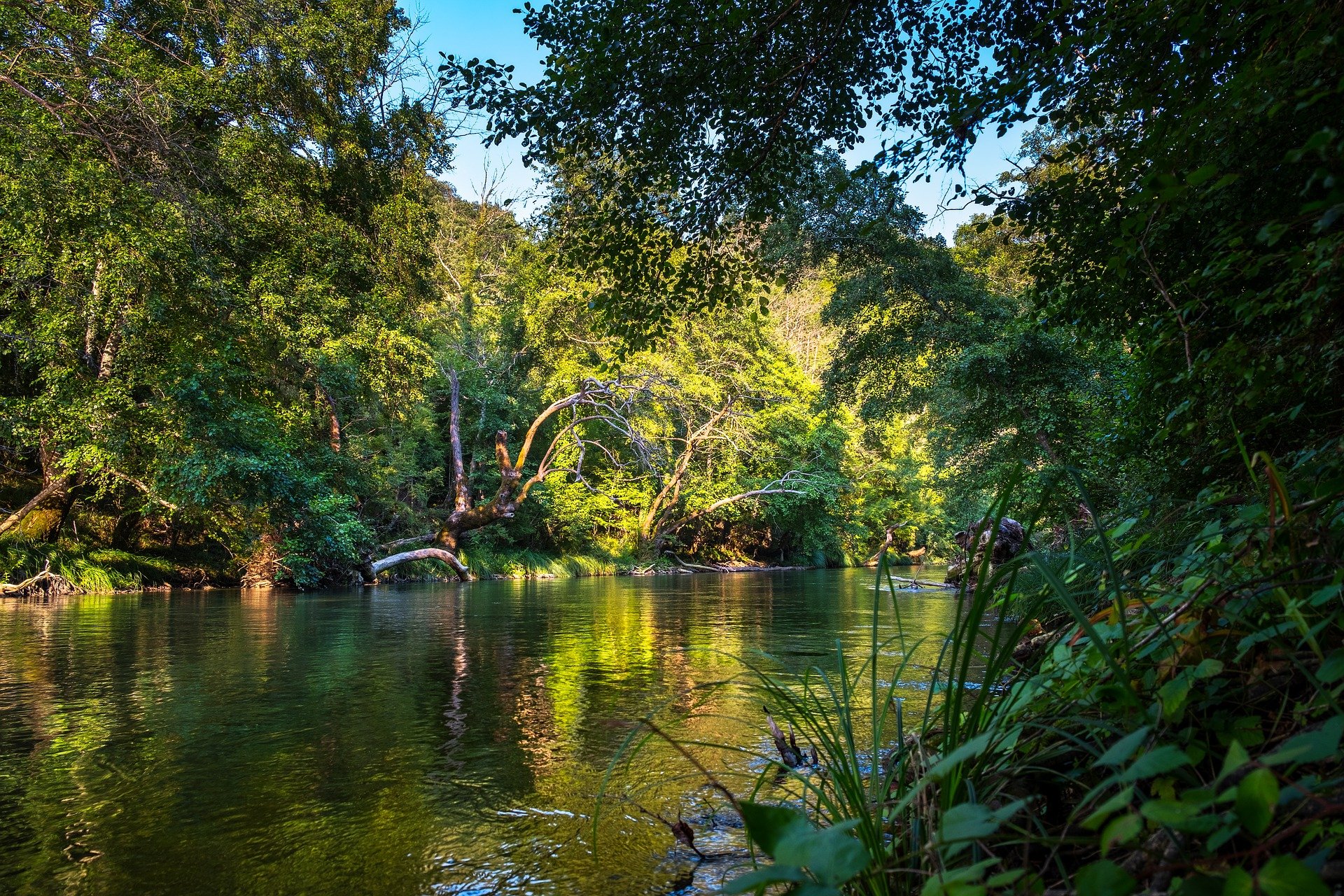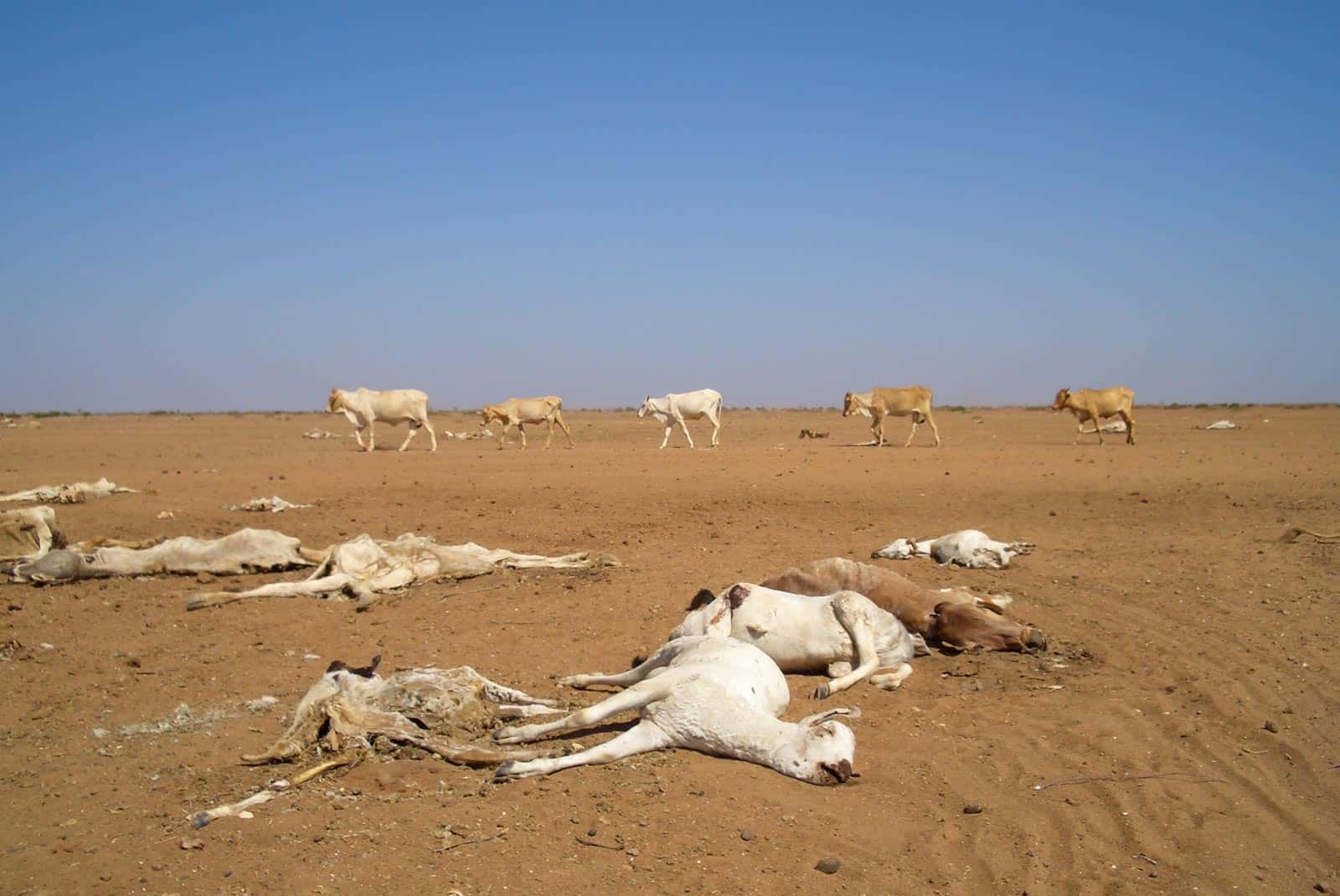Forest in Germany suffer
Forest in Germany is not doing well. Spruce dies and other trees suffer. This is a conclusion of recent forest focused research.
Research on forest ecology in Germany is gaining momentum due to the alarming decline of spruce trees and its cascading effects on other tree species. As climate change intensifies, spruce forests face unprecedented challenges, with pests and diseases taking a toll on their vitality.
The implications extend beyond spruces, as neighbouring trees struggle to adapt to shifting environmental conditions. German researchers are diligently investigating the complex interplay between climate change, tree species dynamics, and ecological resilience. They are seeking sustainable solutions to preserve the nation’s diverse forest ecosystems for future generations.
The tree crown thinning
Tree crown thinning becomes evident through observable signs such as a reduction in foliage density and canopy volume. As trees age or face environmental stressors like drought, disease, or pests, their crowns may gradually lose leaves, leading to sparse foliage cover.
This phenomenon negatively impacts the tree’s ability to photosynthesize and grow vigorously. Additionally, increased sunlight penetration within the crown can create altered microclimates, affecting understory vegetation. Arborists and foresters use crown thinning as an indicator of a tree’s overall health. Data of this help implement appropriate management strategies.

Continued crown thinning
Research in Germany has unveiled an alarming trend of continued crown thinning among trees. Studies indicate that factors like air pollution, climate change, and prolonged drought are contributing to this phenomenon.
As tree canopies gradually lose density, their resilience against pests and diseases weakens, posing significant challenges to forest ecosystems. The implications extend beyond individual trees, affecting biodiversity and ecosystem stability. German researchers are intensifying their efforts to understand the underlying causes. They develop effective conservation strategies to combat the persistent crown thinning, striving to safeguard the country’s invaluable natural resources for the future.

How is the German forest doing?
Research revealed that not good! Since the mid-1980s, this question has been a regular topic in the federal and state government reports on the condition of forests. Forest Condition Report 2022 revealed that the poor state of the forest affects all main tree species (spruce, pine, beech, oak).
The standard proportion of tree crown thinning in Germany varies depending on the specific region and forest type. However, on average, a healthy forest would typically have a crown thinning rate below 10%.
Recent research revealed that for the year 2022, the proportion of trees with clear crown thinning is 35%, just as high as in 2021. That means that only every fifth tree is without a warning level. Older trees over 60 years old are particularly affected and reach up to 42% crown thinning. Of the trees under the age of 60, 15% have significant damage, but their condition has also shown a negative trend over the past few years.
I am not researcher but I found out also in my country – Slovakia that in the last years that the spruce tree crowns are less and less dense. Crowns are thinning. My colleages with forestry education confirmed that this crown thinning is happened due to extreme weathers – and very likely due to hot and dry weather. Some of then also said that this is happening much more intesively on spruce planted already several generation in areas where should grow broadleaf forests.

